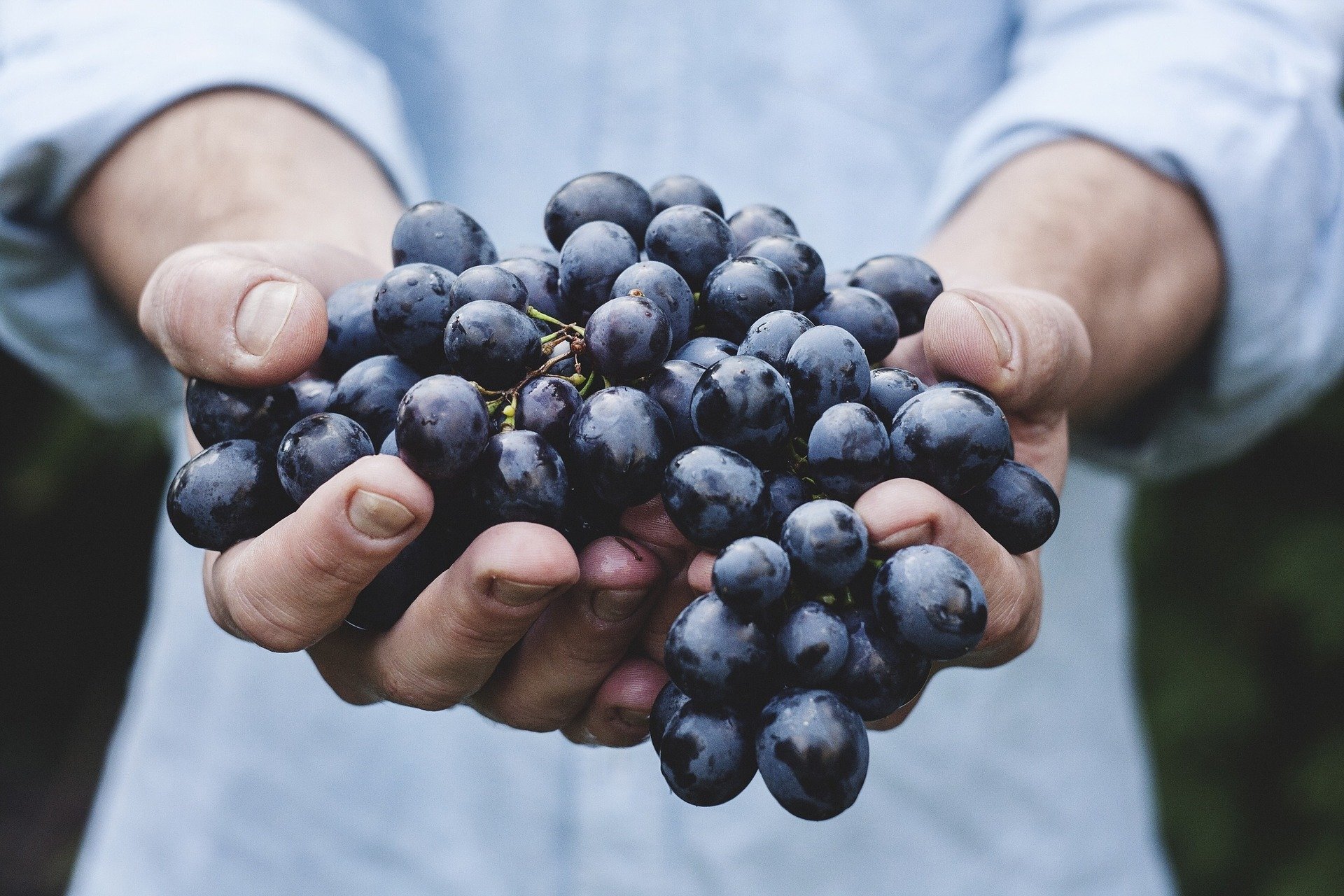WINE GRAPE BASICS: REFOSCO
In this latest edition of Wine Grape Basics, I’ve decided to cover Refosco.
Have I caught you thinking “hunh?”?
It’s fine if you’re thinking this. So was I to be honest, until I researched this distinct and somewhat obscure variety. You’re not alone if you think it’s not all that well known, because it’s not - at least not outside of a small part of Italy and a few of its neighbouring wine producing countries to the east.
But hey, finding out more about obscure grapes and obscure wine regions is all part of the fun, is it not?…..
KEY THINGS TO KNOW ABOUT REFOSCO
OTHER NAMES FOR THE REFOSCO GRAPE VARIETIES
The term “Refosco” actually refers to a group of closely related grape varieties. Each individual variety within the group has its own name. Click here to learn about all of the different varieties or “Refoschi” that are being used in commercial winemaking today. The most well known and successful of the varieties is Refosco dal Peduncolo Rosso. I’ve done a deep dive on this varietal further down in this article.
PLACE OF ORIGIN
Refosco is an ancient group of grape varieties which has been in cultivation long before modern political boundaries. As such, these varieties are thought to have originated in modern day northeast Italy.
According to Wikipedia, these grapes are considered to be “autochthonous” to this region, which simply means that they are indigenous to this region and grew naturally without any human involvement. Apparently, wines made from Refosco grapes have been written about since ancient times!
WHERE IT’S GROWN TODAY
Today, Refosco is most famously grown in the Friuli-Venezia-Giulia region of northeast Italy, in western Slovania and in the Istrian peninsula of Croatia.
Refosco dal Penduncolo Rosso, the most successful and well known of the varieties as noted above, is most famously associated with Friuli.
GRAPE CHARACTERISTICS
Refosco is a dark, purple skinned grape. The wines made made from these grapes are generally big, tannin, acidic wines.
WHAT REFOSCO WINE TASTES LIKE
Body - Refosco usually produces a medium bodied wine that is typically not too high in alcohol, especially coming out of Italy. It is usually a dry wine, but sweet versions are also made.
Aromas and Flavours - Wines made from one of the Refosco varieties usually displays bold black fruit flavours (plums, blackberries), bitter almond, earth and herbs notes. Because oak is often used to “tame” these wines, they can also display a coffee/chocolate note.
Tannins - Refosco grapes tend to produce a wine with high tannins wine, which makes them prime candidates for pairing with gamey, red meat based dishes, or anything with a lot of cheese and fat.
Acidity - Refosco grape varieties are generally described as displaying high acidity.
WHAT ELSE IS REFOSCO SIMILAR TO?
For my palate, these wines are similar to new world Cabernet Sauvignon, old world Merlot, or even Chilean Carmenere.
WHAT TEMPERATURE SHOULD REFOSCO BE SERVED AT?
Room temperature i.e. 16-18 degrees Celsius
CAN YOU CELLAR REFOSCO WINE?
Yes, in some cases, you absolutely can! But the wine needs to have been produced with cellaring potential in mind so it’s best to check a producer’s technical notes for a wine you have purchased or are interested in, before deciding to cellar it.
IDEAL FOOD PAIRINGS TO WINE-IT-UP-A-NOTCH
Pair these wines with red meat, game, or pastas with meat and/or tomato sauces.
DEEP DIVE - REFOSCO DAL PENDUNCOLO ROSSO
Trieste, the capital city of the Friuli-Venezia-Giulia region
Refosco dal Penduncolo Rosso is both the name of a sub-variety of the Refoschi group and also the name of a wine that is most famously associated with Friuli.
This grape has a long history in this region and has been written about extensively in historical texts.
Famous areas within Friuli-Venezia-Giulia for this style of wine include Colli Orientali, Grave del Friuli and Aquileia. It is grown in both the hillside vineyards and those that are in the flatter parts of the region.
These wines are generally plummy, with dark purple and black fruit and almond flavours and a certain astringent quality, coupled with high acidity and firm tannins. They can be very robust, alive and age worthy, and are generally hard to find in our market here in North America.








Explore the key wine grapes that are used to make some of the most sought-out wines in the world!